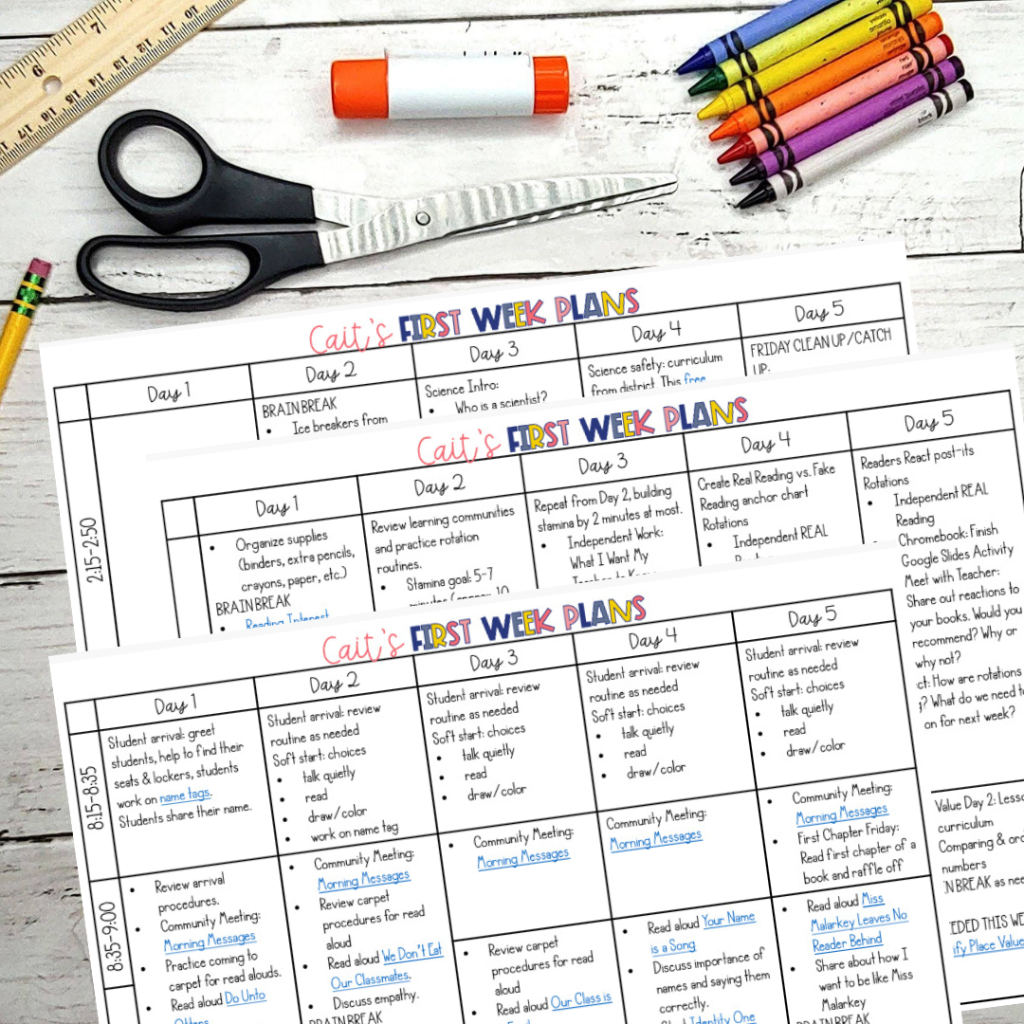Teaching anything virtual is a challenge when you’re used to teaching in person. There’s the crazy will-they-or-won’t-they scenario for going back in person, scrambling to reinvent everything we’ve ever taught/used, and, well, you know.
One subject that is especially challenging has been writing. Writing is a crucial skill, but it’s a challenge to fit in. After hitting some huge bumps virtually during our first quarter, I revamped our learning for second quarter, planning each lesson for the quarter from the beginning to allow for sufficient time to work on each part. I also changed some of how I structured our writing lessons. Here’s what I’ve learned:
1. Digital notebooks are a great way to organize writing. First quarter, I created an open-ended one, but second quarter, I mapped out the notebook ahead of time with organizers, mini-lessons, and some extra pages. This helped me to be prepared digitally for each part of writing (brainstorming, drafting, editing, and revising).
2. MODEL MODEL MODEL. I do this by keeping a teacher’s version of the digital notebook. I develop my own writing piece, based on what we’re creating. For example, since we’re researching animals right now, I chose African elephants as my model. I used the same sources as my students and modelled each part so far. Also, I keep my modeled notebook in their assignment on Google Classroom, so students can refer back to it.
3. Peer sharing! We used break out rooms to do peer sharing of certain parts. This started out whole group, with modeling giving positives and suggestions without being mean. Some of my students only open up during their small groups. It helps them to see more models besides my own.
4. Mini-lessons are clutch. Plan ahead for a brief lesson where you can give an objective, make a connection, and model. Students will be practicing in their own writing.
5. Time to write & give feedback. I set a timer for official “writing time.” I found this useful in the classroom, and it helps out of the classroom too. While my students are writing, I go through their notebooks, send them messages, or helping them find resources they need if they’re stuck.
6. Start the writing time with a purpose. There is so little writing time that it’s crucial students know where to start. Besides reminding students what mini-lesson ideas to implement, I try to leave my students feedback with a purpose before our writing time. Do I get to students every single day? No, but I spend more time checking on those who never know where to start or are always assuring me they’re done.
Are these things I do in the classroom? Yes, some of them. It’s the year of pivoting. I found new ways to do the same ideas that I used in the brick-and-mortar classroom. What have you done to switch up writing this year?
Looking for digital writing notebooks? Check out this informative writing unit or any of the other digital writing units I’ve created.
P.S. Working on SEL? This free Google Form will help you!








 The first FIVE days of lesson plans for the beginning of the year.
The first FIVE days of lesson plans for the beginning of the year.